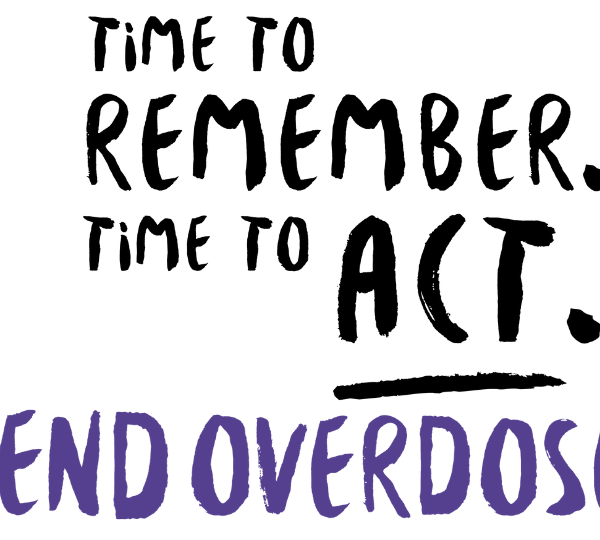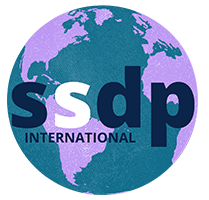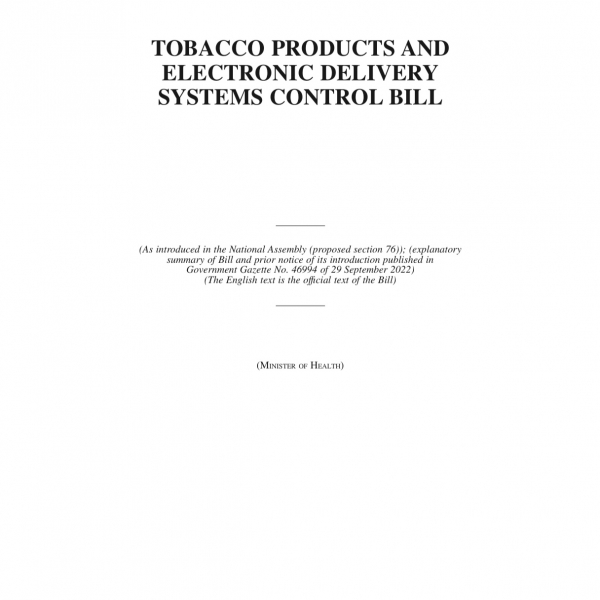DRUG OVERDOSE AS A PUBLIC HEALTH IMPERATIVE

International Overdose Awareness Day is observed on August 31st every year, to remember without stigma those who have lost their lives to drug overdoses and to spread awareness about the impact of overdose on families and communities. It serves as a poignant reminder that drug overdose can and must be prevented. It is not just a personal tragedy but a significant public health crisis that affects and claim the lives of our family members, neighbors, loved ones and communities worldwide.
Drug overdose occurs when a person consumes a toxic amount of a substance or a combination of substances, exceeding the body's ability to cope. Overdoses can happen with various substances, including prescription medications, illicit drugs, and even alcohol. The severity of an overdose can range from mild symptoms to life-threatening conditions and, in many cases, death. Opioids, including heroin and synthetic opioids like fentanyl, are among the most common causes of overdose deaths globally, but overdoses involving psycho-stimulants like methamphetamine and cocaine are also on the rise.
According to the 2024 UNODC World Drug Report, opioid overdose deaths attributed to synthetic opioids increased considerably, with more than a 24-fold increase between 2010 and 2022. The World Health Organization estimated 585,000 people die every year due to drug use, with opioids accounting for the majority of these deaths. Synthetic opioids and methamphetamine are identified as key contributors to overdose crisis constituting a quarter of drug-related fatalities. The crisis is not limited to one region; it is a global epidemic affecting high-income, middle-income, and low-income countries alike. In many parts of the world, the overdose crisis is exacerbated by the lack of access to treatment and harm reduction services, stigmatization of people who use drugs, and punitive drug policies.
Drug prohibition has created an unsafe, unregulated drug supply which is driving increase in overdose deaths. Many people are dying accidentally simply because they do not know what they are taking, and more punishment just increases harm. It makes people afraid to seek help and pushes them into risky situations like using alone which further drives risk of overdose death. We at SSDP International, are all concerned about the overdose crisis but myths and misinformation have led to harmful responses that criminalize and punish people, rather than prioritizing the health policies that are proven to help.
A Health Approach to the Overdose Crisis
Addressing overdose as a public health issue requires recognizing that it is not merely a consequence of individual behavior but a complex interplay of social, economic, and environmental factors. Certain population groups are more vulnerable to intersecting health risks and limited access to health services due to social, structural, and interpersonal factors (like gender-based violence, policies, and criminalization), as well as racializing practices, poverty, and gender norms. Public Health stands at the intersection of Harm reduction and human rights, thus replacing drug criminalization with health approaches is the way to curb the overdose crisis and connect people with services and support that they need to stay alive. This includes accessible and affordable treatment, harm reduction services like drug safety checking and overdose prevention centers. A public health approach to overdose prevention focuses on these four key areas:
- Education and Awareness: Increasing public awareness about the risks of drug use and the signs of overdose is key to curbing the crisis. As a matter of fact, public health education campaigns should target not only people who use drugs but also their families, communities, healthcare providers, and policymakers. Programs that provide accurate information about substances, safe use practices, and how to respond to an overdose can save lives.
- Expanding Access to Harm Reduction services: Harm reduction strategies aim to minimize the negative health, social, and legal impacts associated with drug use. This includes providing access to naloxone, a life-saving medication that can reverse opioid overdoses, and establishing supervised consumption sites in addition to wrap-around health, hygiene and wellness supports. where individuals can use drugs under the supervision of trained staff. This approach both reduces the risk of overdose and also connect people to essential health and social services.
- Providing Access to Treatment: Ensuring that people have access to evidence-based treatment for substance use disorders is critical. This includes medication-assisted treatment for opioid use disorder, such as methadone or buprenorphine, and comprehensive support services like counseling, peer support, and housing. Consequently, reducing barriers to treatment, such as cost and stigma, contributes towards helping more people achieve recovery.
- Policy Reform: Shifting drug policies from punitive approaches to health-centered strategies is essential for addressing the overdose crisis. Criminalization is increasing overdose deaths and making the crisis worse just as drug and alcohol overdose deaths have more than doubled in jails and prisons. Decriminalizing drug use and possession, investing in harm reduction and treatment services, and ensuring equitable access to healthcare are key steps towards a more compassionate and effective response to drug-related harms.
The Role of Communities and what we can do
Despite the clear need for a public health approach to the overdose crisis, several challenges and barriers persist. Stigma and discrimination against people who use drugs continue to hinder access to services and perpetuate harmful stereotypes. Additionally, many countries lack the political will or resources to implement comprehensive harm reduction programs. In some regions, legal and policy frameworks actively criminalize drug use, further marginalizing people and increasing their risk of overdose.
Communities play important roles in preventing overdose and supporting those affected. Community-based organizations, peer support networks, and advocacy groups are often at the forefront of harm reduction efforts, providing essential services, education, and support. Building strong community partnerships can enhance local capacity to respond to the overdose crisis and foster a culture of empathy and understanding. Recognizing overdose as a public health imperative means moving beyond blame and punishment towards compassion, support, and evidence-based solutions. It is also a clear indication that every life lost to overdose is a preventable tragedy. As we prioritize harm reduction, access to treatment, policy reform and community engagement practices, we can reduce overdose deaths because #TogetherWeCan.



